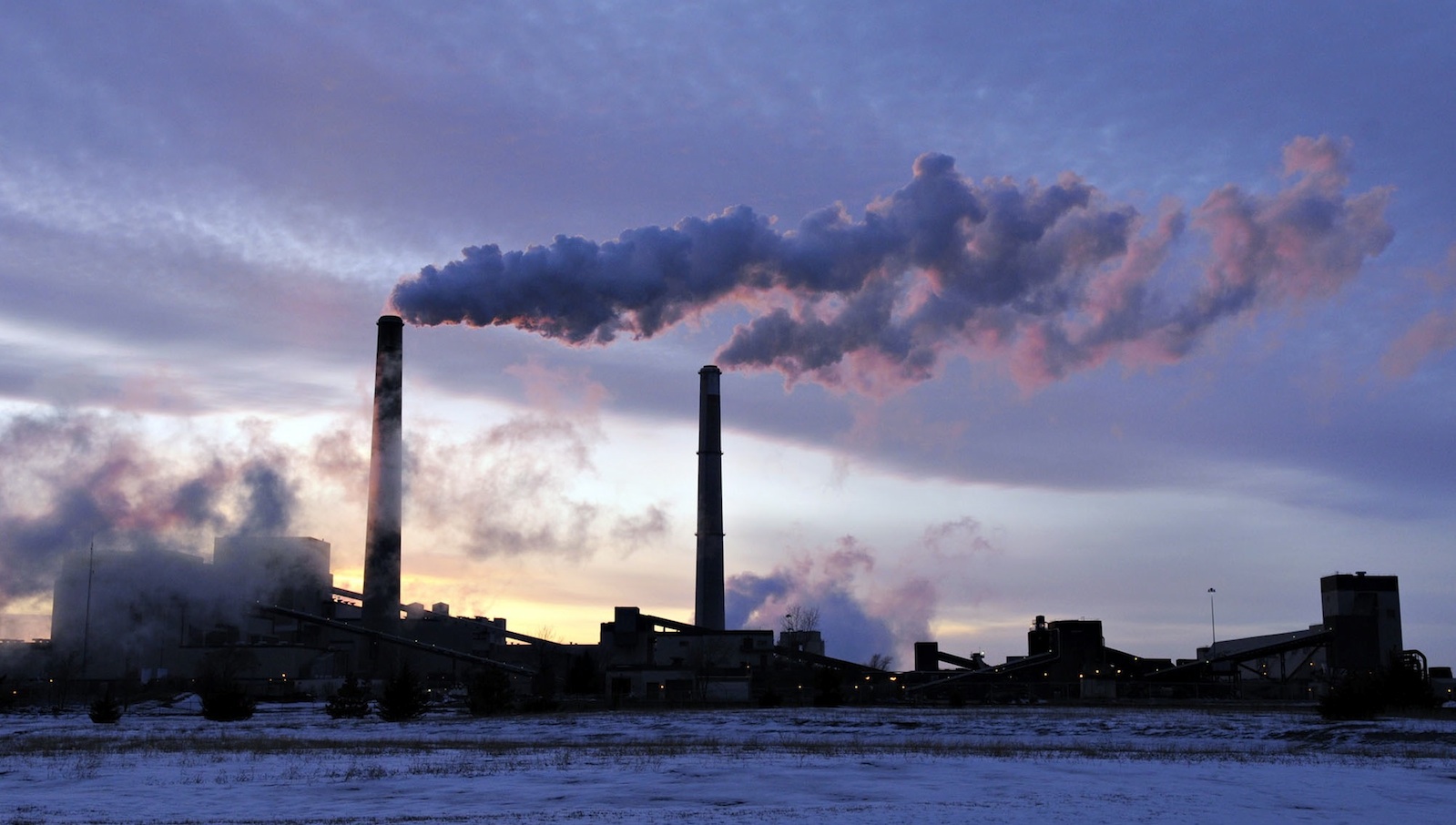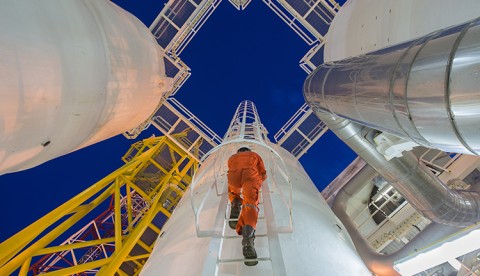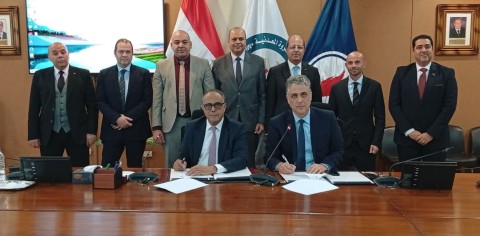ExxonMobil and major hydrogen and nitrogen products producer CF Industries have reached the largest-ever commercial agreement to capture and permanently store up to 2 million metric tons of CO2 emissions annually from its Louisiana industrial complex. CF Industries, ExxonMobil, and EnLink Midstream will collaborate on a landmark emissions reduction project in Louisiana.
CF Industries is investing $200 million to construct a CO2 dehydration and compression unit at its Donaldsonville, Louisiana, location in order to transport and store captured CO2, as was previously stated. The CO2 will then be transported and kept in secure geologic storage that ExxonMobil owns in Vermilion Parish. ExxonMobil and EnLink Midstream have a contract that calls for the delivery of CO2 to long-term geologic storage as part of the project. The 2 million metric tons of emissions that are prevented each year are equal to about 700,000 gasoline-powered cars being replaced by electric ones.
“CF Industries is pleased to partner with ExxonMobil through this definitive CO2 offtake agreement, accelerating our decarbonization journey and supporting Louisiana’s and the country’s climate goals,” said Tony Will, president and chief executive officer, CF Industries Holdings, Inc. “This agreement also ensures that we remain at the forefront of the developing clean energy economy. As we leverage proven carbon capture and sequestration technology, CF Industries will be first-to-market with a significant volume of blue ammonia. This will enable us to supply this low-carbon energy source to hard-to-abate industries that increasingly view it as critical to their own decarbonization goals.”
“This landmark project represents large-scale, real-world progress on the journey to decarbonize the global economy,” said Dan Ammann, president of ExxonMobil Low Carbon Solutions. “ExxonMobil is providing a critical and scalable solution to reduce CO2 emissions, and we’re ready to offer the same service to other large industrial customers in the state of Louisiana and around the world. We’re encouraged by the momentum we see building for projects of this kind, thanks to supportive policies such as the Inflation Reduction Act.”
“EnLink has a system of over 4,000 miles of pipeline already in the ground in Louisiana,” said Jesse Arenivas, Chief Executive Officer of EnLink. “Utilizing this extensive network enables us to provide the most timely and cost-effective solution to CO2 transportation, with a significantly lower environmental impact. Because of this, EnLink is uniquely positioned to be the CO2 transportation provider of choice in Louisiana’s Mississippi River corridor, which is a hub of industrial activity that is important to our economy. We look forward to working with ExxonMobil to help CF Industries and the State of Louisiana reach their decarbonization goals.”
“Today’s announcement of this unprecedented, large-scale, low-carbon partnership is a key milepost on Louisiana’s path toward a brighter future for our climate, our economy and our people,” said Louisiana Gov. John Bel Edwards. “The collaboration and innovation to bring carbon capture and storage technology forward at this scale reaffirms our state’s ability to grow our economy without sacrificing our long-term emission-reduction goals to net zero by 2050.”
Each year, CF Industries anticipates selling up to 1.7 million metric tons of blue ammonia. When CO2 emissions are caught before being released into the atmosphere, a chemical reaction is said to be “blue,” increasing its carbon-neutrality. Because ammonia’s components, nitrogen and hydrogen, do not release carbon when burned, it is projected that demand for blue ammonia would increase dramatically as a decarbonized energy source for difficult-to-abate sectors, both for its hydrogen content and as a fuel itself.
ExxonMobil Low Carbon Solutions is working to commercialize lower-emission technology so that difficult-to-decarbonize sectors in the US and abroad can access them. In order to prevent CO2 from industrial activity that would otherwise be discharged into the atmosphere from entering the atmosphere, it is concentrating its carbon capture and storage efforts on point-source emissions. After being caught, the CO2 is pumped into subterranean geologic formations for secure, long-term storage. State and federal organizations in the United States govern these storage initiatives.
With the help of a secure, tried-and-true technology, some of the industries with the greatest emissions can lower their emissions significantly. Manufacturing, power generation, refining, petrochemical, steel, and ceme are some of these sectors.












